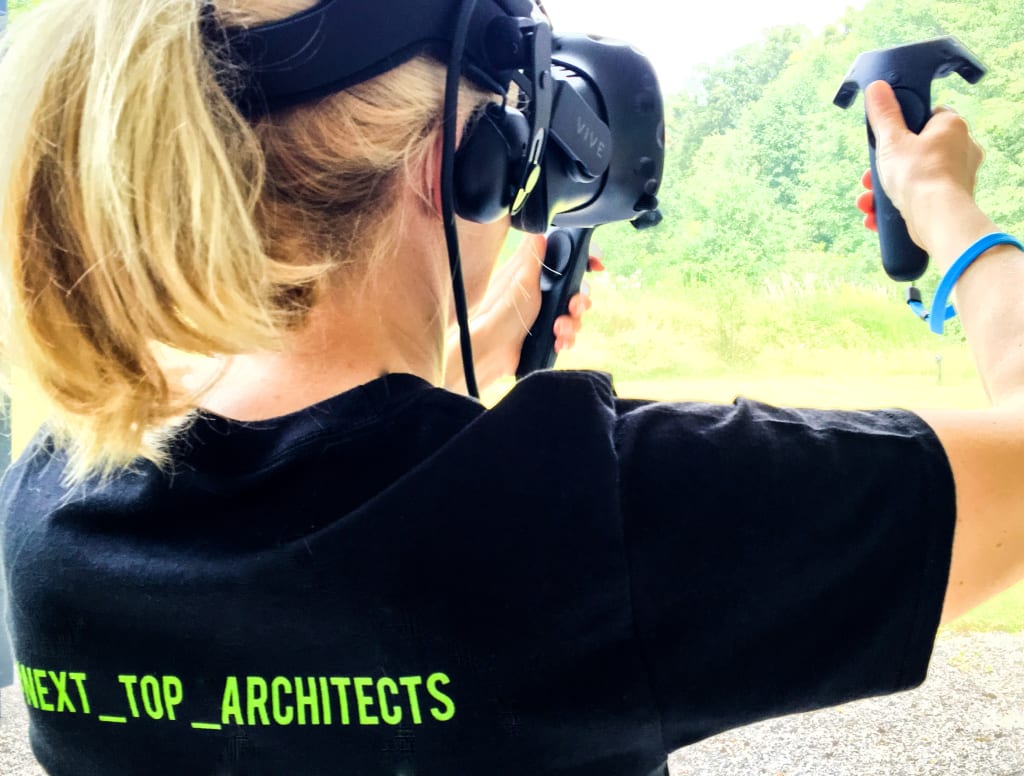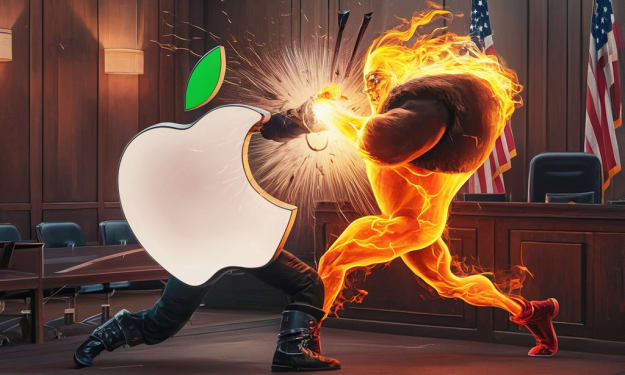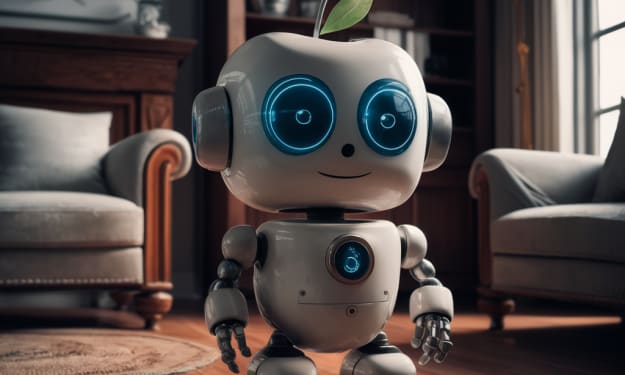Transition into future of writing
Why You Should Be Using VR

Virtual Reality (VR) makes a computer-generated world seem like the real thing.
When in fact it is not.
Consider the following example.Video games are a new way of presenting a virtual world and making it more lifelike.It’s easy to use VR to enhance what we see in the real world.
It is a substitute reality for the real world.
What makes it more intriguing than just a video game is that this virtual reality will be the new reality.
These applications have helped to establish the idea of VR as a means for creating a reality that can be perceived as genuine. Sensory information is taken in by the brain via the senses, but not all information is perceived as real. When sensory information does not match expectations, the brain reacts by interpreting reality as virtual. The boundary between what is ‘real’ and what is taken for granted or imagined in our daily lives becomes blurred: the so-called ‘hyperreal’.
Hyperreal reality: ‘hyperreality’ is said to be the condition in which reality comes to resemble more and more a simulation. This idea is rooted in the writings of Jean Baudrillard, who used it to describe the difference between the real and simulated world. More specifically, Baudrillard has applied this concept to describe how the media’s representation of reality, language and signs have become simulacra (i.e., simulation of an original). Like the double and its reflection, the real and hyperreal are in constant contact.”
Baudrillard’s concept/definition of hyperreality: “hyperreality is said to be the condition in which reality comes to resemble more and more a simulation.” Hyperreality makes up part of cognitive capitalism’s dominance. The media’s ability to represent reality, language, and signs as simulacra makes it difficult for individuals to discern what is real.
Hyperreality’s connection to reality is ambiguous. If it refers to the real, then it’s a trap: we are seduced by images similar to reality, but these same images are presented as simulations of reality.
Cognitive capitalism. “A new form of capitalism is emerging — which is not based on industrial production of material goods but on immaterial production of signs, images, and experiences. This provides the foundation for cognitive capitalism and its domination of the public mind.” (James Bridle) Cognitive capitalism — sometimes referred to as “third capitalism,” Baudrillard understands it as a system of economic management which is unable to control itself and is based on an illusion.
Capitalism creates value in all kinds of things, but especially in signs that refer to other signs. Capitalism is not just based on goods but also the way we live and experience life. We are surrounded by media and technology; consumerism creates desire, which generates demand for goods, this leads to increased production. Hyperreality has a concrete effect because it replaces the real world with the virtual one.
Baudrillard thinks that we are now experiencing a reverse process: rather than being seduced by an image of reality (he calls this simulacra), we create one from images instead. The very image of the world that we see on TV, the computer screen, or in a magazine is now itself an image of a simulated hyperreality. Everything is “hyperreal”.
Cognitive capitalism also comes into play with this concept of hyperreality. A new form of capitalism is being developed which is not based on industrial production of material goods but on immaterial production of signs, images and experiences which provide the foundation for cognitive capitalism and its domination of the public mind.
The future of cognitive capitalism and virtual reality is inextricably linked. Virtual reality is often considered to be a simulation that fools the senses into perceiving a realistic environment. As a result, any technology reliant on virtual reality will be subject to the same doubt as traditional media.
The creation of augmented realities will continue to accelerate this process, as it places digital characters inside real environments and the viewer has no idea which is real or not because they are both in effect being simulated realities.
#vRooML! is an example of combining virtual reality with the experience of writing articles on artificial intelligence,
will this be the future of writers?
* Check out my instagram with new material every week
* If you enjoyed this, follow me on Medium for more
* Want to collaborate? Let’s connect on LinkedIn
* https://linktr.ee/datasculptor
* 3D Machine Learning generated model on sketchfab
About the Creator
DATA sculptor
teaching machines to sculpt
linktr.ee/datasculptor






Comments
There are no comments for this story
Be the first to respond and start the conversation.